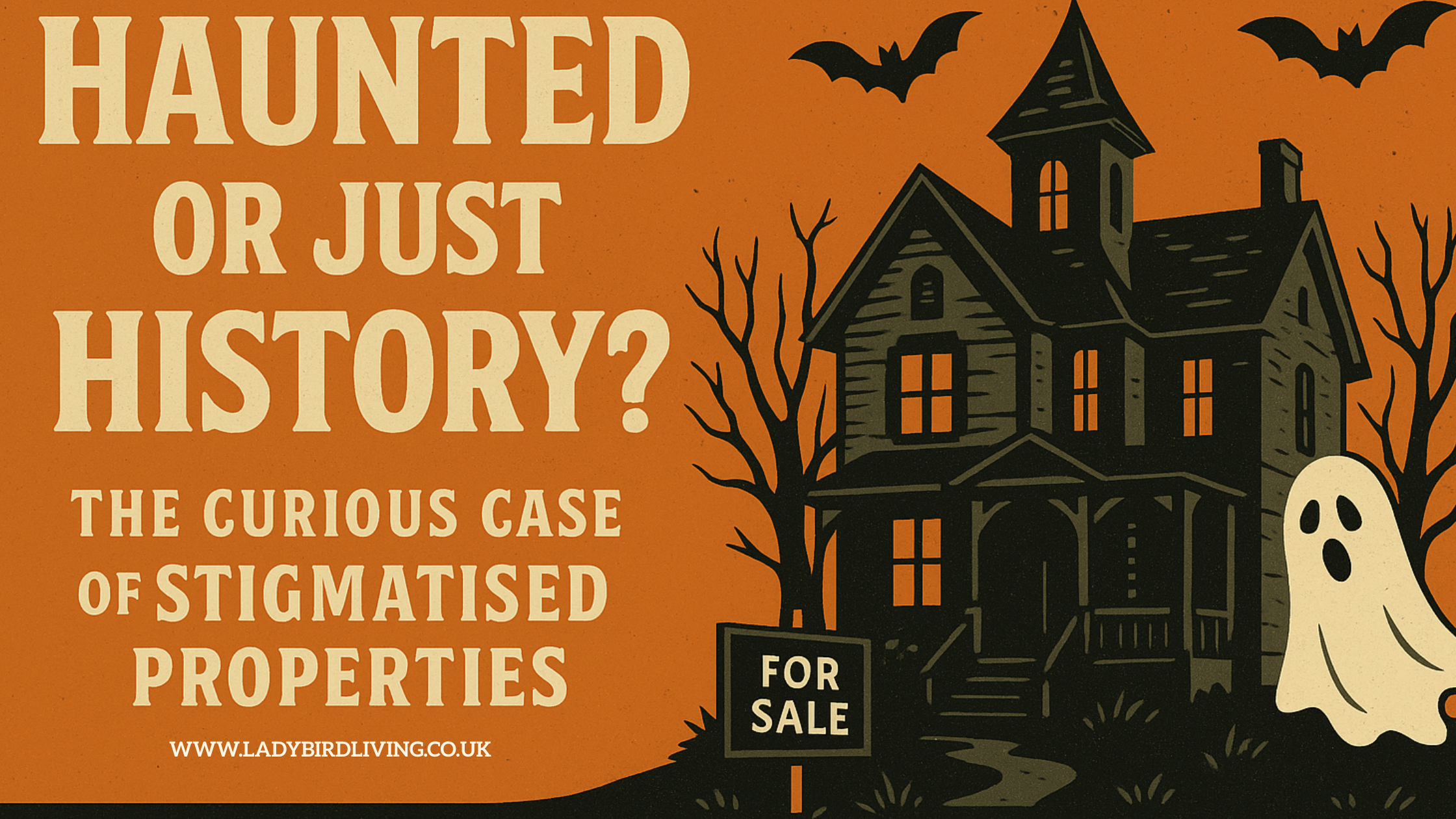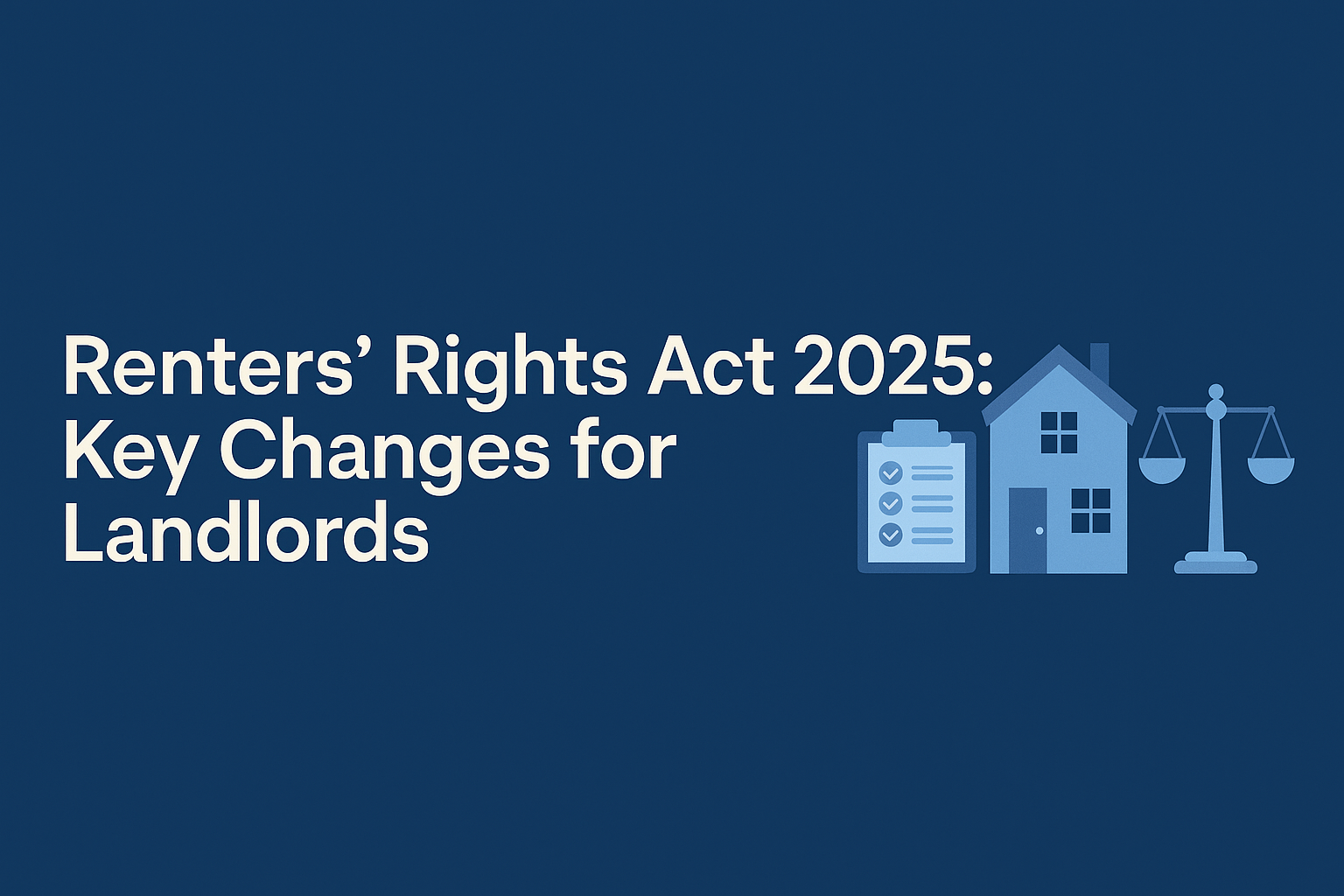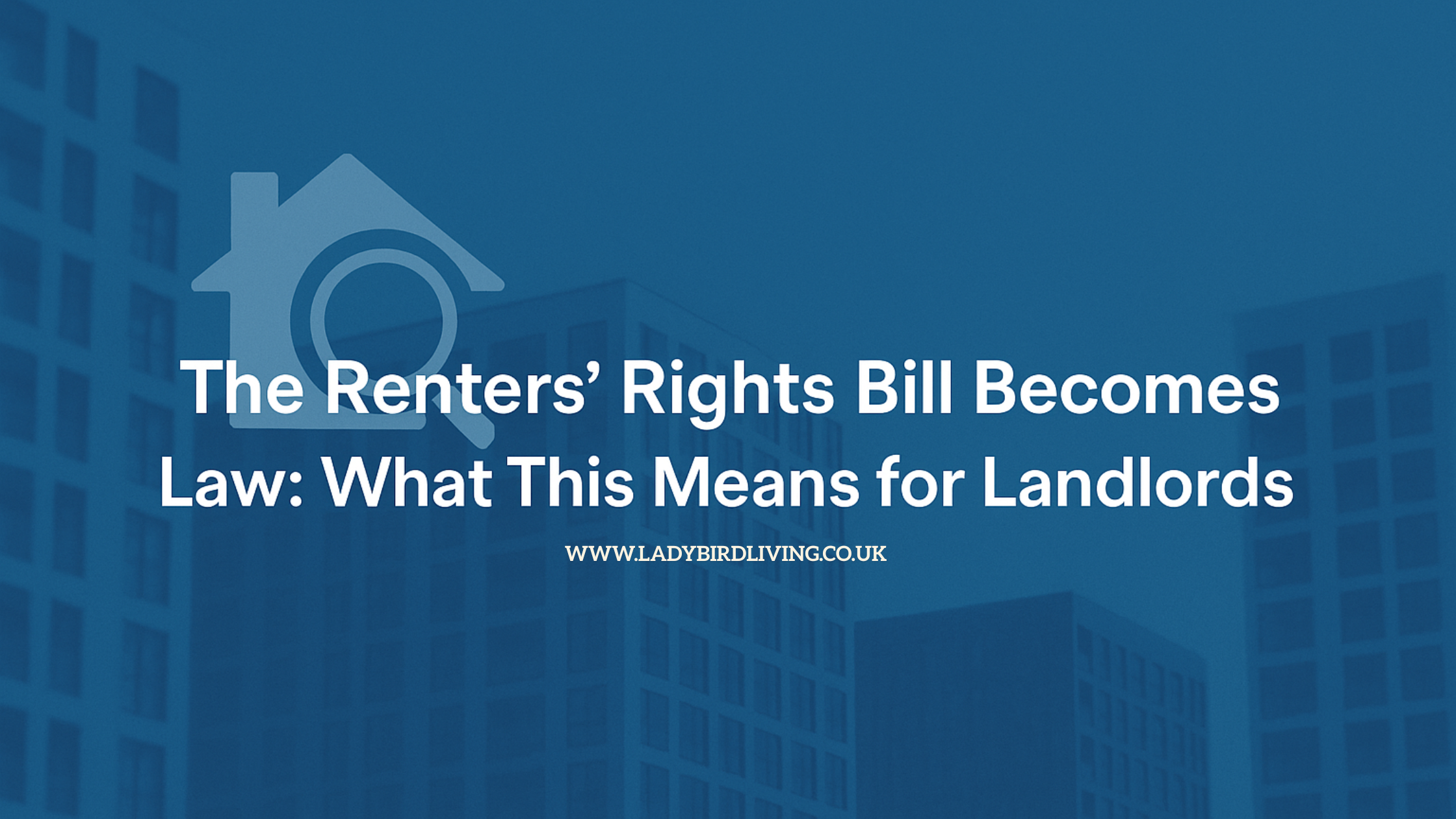
Haunted or Just History? The Curious Case of Stigmatised Properties in the UK
Every so often, a home comes with more than character and charm; it comes with a story. Welcome to the world of stigmatised properties — homes whose pasts make them famous, feared, or simply unforgettable.
What Exactly Is a Stigmatised Property?
In real estate terms, a stigmatised property is one that buyers might hesitate to purchase — not because of location or layout, but because of its reputation. That might mean:
- A property where a crime or tragedy occurred.
- A house believed to be haunted or cursed.
- A building associated with notorious figures or strange happenings.
While these stories can affect a home’s value, they can also become selling points for the right kind of buyer. Some see history where others see horror.
Do Sellers Need to Disclose a “Spooky Past”?
In the UK, estate agents are required to disclose “material information” under consumer protection law which can include anything that might affect a buyer’s decision. So, if a home has a widely known haunted reputation or dark history, a transparent agent will mention it. After all, honesty builds trust even when it’s ghostly honesty.
Famous Stigmatised Properties Across the UK
1. 50 Berkeley Square, London
Viewed as “the most haunted house in London,” this Georgian townhouse in Mayfair has terrified Londoners for over 200 years. Stories tell of a ‘Nameless Thing’ – a monstrous entity which lived in the attic driving people to death if they encountered it and a ghostly woman who throws herself from the top window. Even brave Victorian policemen reportedly refused to spend the night there. Today, it’s home to an antiques dealer but few linger after dark.
2. The Ancient Ram Inn, Gloucestershire
Built in 1145, this inn is often dubbed “the most haunted house in England.” Legend has it that the site sits on a pagan burial ground, and visitors report everything from ghostly apparitions to strange cold spots. It’s become a hotspot for paranormal investigators proving that sometimes, a property’s infamy can drive tourism, not deter it.
3. The Greyfriars Kirkyard & “Covenanters’ Prison,” Edinburgh
While not a single home, the area around Greyfriars is surrounded by flats and homes said to be haunted by the infamous Mackenzie Poltergeist. Nearby properties have struggled to sell due to the cemetery’s ghostly reputation and yet, it’s also a magnet for ghost tours and Halloween thrill-seekers.
4. 39 Hilldrop Crescent, London
Home of Dr. Hawley Harvey Crippen, one of Britain’s most notorious murderers, who was executed in 1910 for killing his wife. Though the original building was demolished, the address remains a part of true crime lore — a reminder that stigma can outlive the structure itself.
5. The Enfield Poltergeist House, 284 Green Street
This north London semi became world-famous after the Hodgson family reported ghostly activity in the 1970s — furniture moving, toys flying, eerie voices. Investigators flocked to the home, and it later inspired The Conjuring 2. Despite its spooky reputation, the house is an ordinary family home today proof that even a haunting can fade with time.
So… Would You Buy a Haunted House?
For some, the idea of living in a house with “history” is a dealbreaker. For others, it’s a conversation starter. In reality, stigmatized properties often:
- Sell for less than comparable homes nearby.
- Stay on the market longer.
- But sometimes — gain cult status, attracting unique buyers, tourists, or even film crews.
Final Thoughts: Every Home Has a Story
Haunted or not, every property carries its past within its walls. In UK real estate, a home’s story can be just as powerful as its postcode.
So this Halloween, when you see an especially charming old cottage listed at a surprisingly good price… maybe ask one more question before signing the papers.
Would you live in a haunted house? Tell us in the comments below!





